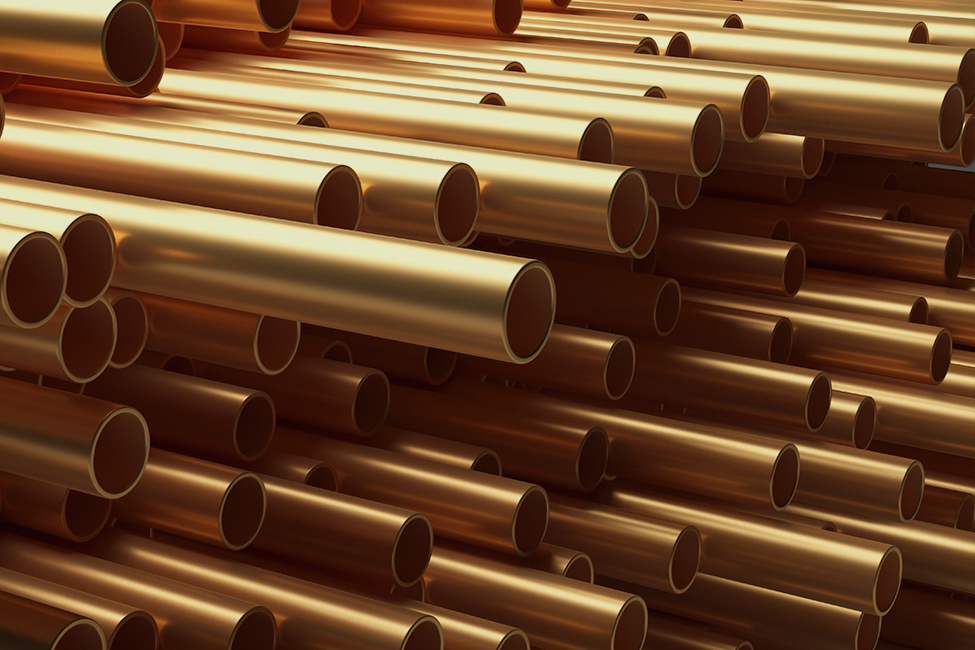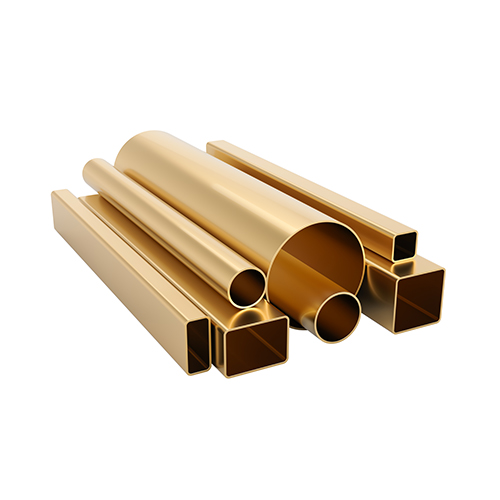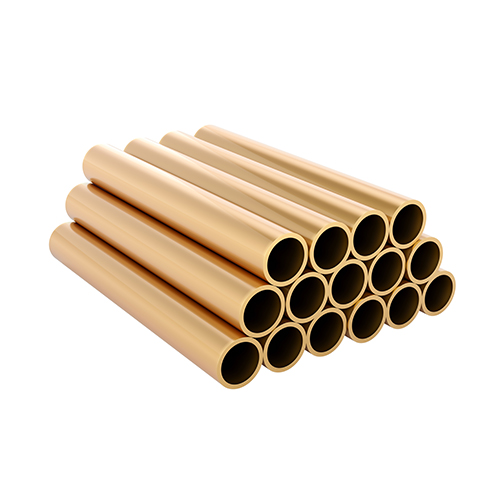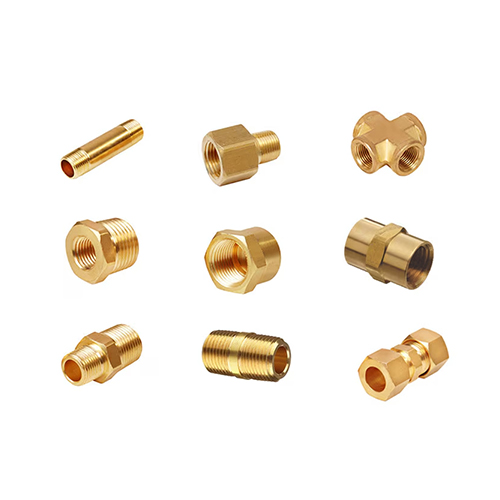Product Brass Pipes & Tubes
Brass pipes and tubes are widely used in various applications due to their excellent corrosion resistance, machinability, and aesthetic appeal. Brass, an alloy of copper and zinc, combines the strength and ductility of copper with the added hardness and workability of zinc. These properties make brass pipes and tubes ideal for use in plumbing, automotive, aerospace, and decorative applications. Their resistance to rust and tarnishing ensures longevity and reliability in both functional and ornamental uses.

Product Specifications
Material Composition
Brass pipes and tubes are typically made from alloys such as C36000 (free-cutting brass), C33000 (low-lead brass), or other compositions of copper and zinc, depending on the desired properties such as machinability, strength, and corrosion resistance.
Dimensions of Pipes
Available in various diameters and wall thicknesses, commonly measured in nominal pipe sizes (NPS) or standard pipe sizes.
Dimensions of Tubes
Measured by outside diameter (OD) and wall thickness, with common sizes ranging from small diameters (e.g., 1/8 inch) to larger diameters (e.g., 6 inches).
Finish
Brass pipes and tubes can be supplied with different surface finishes, including polished, brushed, or coated, depending on aesthetic preferences and environmental requirements.
Tensile Strength
Brass pipes and tubes are rated for their tensile strength, which indicates their ability to withstand pulling forces without breaking. This is crucial for structural and high-pressure applications.
Corrosion Resistance
Brass is known for its resistance to corrosion, particularly in marine and humid environments, making it suitable for plumbing, fittings, and outdoor applications.
Standards
Brass pipes and tubes are manufactured to meet industry standards such as ASTM B36 for pipe dimensions, ASTM B453 for seamless brass tubes, and ISO 9001 for quality management systems, ensuring consistency, reliability, and performance.
Temperature Range
Brass pipes and tubes can operate effectively within a specified temperature range, typically from -20°C to 150°C, making them suitable for a wide range of applications including hot water systems and industrial processes.



